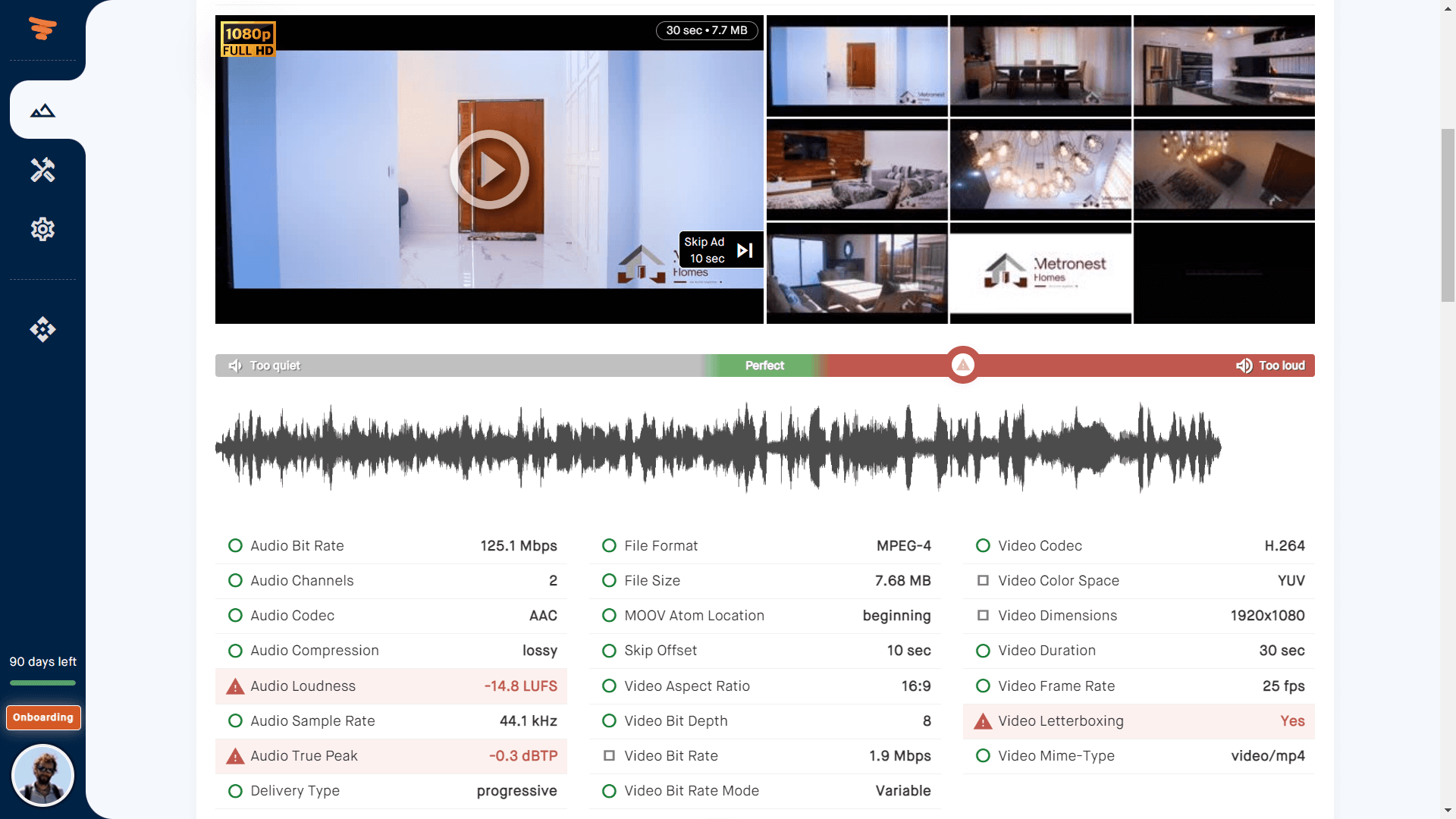Common Video Ad Dimensions and Aspect Ratios Used Today
Written by Roy
Feb 3, 2025 • 4 min read

The dimensions of a video refer to the width and height in pixels of the video container. Together, they are an importact factor with regard to the quality and aspect ratio of the video ad. Common Aspect RatiosThe video dimensions and aspect ratio used for an ad varies depending on the target audience and platform on which the ad is shown. Some common aspect ratios that are used in video ads today are:
Which aspect ratio converts the best?It's obviously difficult to determine which aspect ratio of video ads converts the best. It all depends on the ad placement, platform on which the ad is shown, the target audience and the type of content in the video. That having said, here are a few things to consider when choosing the aspect ratio of the video;
How to detect the video dimensions and aspect ratio?Here are the 3 ways to detect the video dimensions:
Improving quality: higher dimensions + lower file sizeHigher dimensions generally result in a higher quality video. Compression levels and different video codecs like H.264, H.265 and AV1 play a role here too. As with images, it may be desirable to have videos in a higher resolution than the size of the video player, but with a higher compression ratio (i.e. lower bit rate). This may give the best results in terms of quality, as the compression artifacts can be minimized due to downscaling of the video by the player. To give you an idea, I use an example with images here. These results apply to videos too.  700x394 pixels — 93.7 KB 700x394 pixels — 93.7 KB 350x197 pixels — 103 KB The image on the left has a high resolution, and is compressed more aggresively. The image on the right has a lower compression while keeping the original dimensions. The clear winner is the one on the left: a lower file size and higher quality to the eye. ConclusionCommon aspect ratios used today are 16:9, 1:1 and 9:16, with dimensions 1920x1080, 1080x1080 and 1080x1920 respectively. The aspect ratio that converts the best depends on the device, the video content and the target audience. Overall video quality can be improved by using videos in high dimensions with a lower bit rate. •••
Download this article as PDF?
No time to read the whole article? Download a free PDF version of this article for later: Permalink
To link to this article, please use: External ResourcesMore from AdValify.io |
